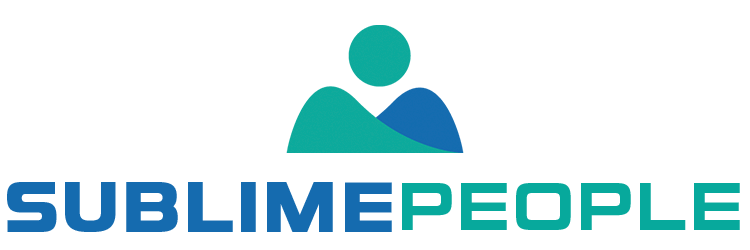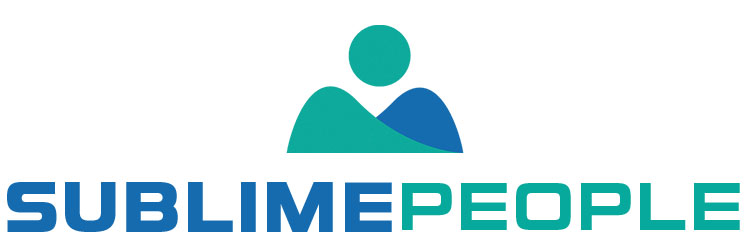Selecting the most qualified candidates is essential in building the workforce necessary for business survival. Effective recruitment techniques can increase your applicant base and provide your company with more options in recruiting. Effective recruiting is vital if you want a wider talent pool and more reliable applicants.
In this article, we’ll explore 12 modern recruitment techniques that use technology so you can make the best hiring decisions for your company.
In this Article:
What is recruitment?
Recruitment is attracting, screening, and selecting qualified candidates for a company. The goal of recruitment is to find the best-qualified candidates for the open positions within an organization.
Recruiters can divide the recruitment process into three main stages:
- Attracting candidates
- Assessing candidates
- Hiring candidates
Types of recruitment
There are different types of recruitment, each with its advantages and disadvantages. The most common types of recruitment include:
- Internal Recruitment. Internal recruitment is when an organization fills a vacant position with an employee already employed by the company. The main advantage of internal recruitment is that it can save time and money. The main disadvantage of internal recruitment is that it may limit the pool of qualified candidates.
- External Recruitment. External recruitment is when an organization fills a vacant position with an individual not already employed by the company. The main advantage of external recruitment is that it can help an organization find the best-qualified candidates. The main disadvantage of external recruitment is that it can be time-consuming and expensive.
- Direct Recruitment. Direct recruitment is when an organization contacts potential candidates directly to fill a vacant position. The main advantage of direct recruitment is that it can save time and money. The main disadvantage of direct recruitment is that it may limit the pool of qualified candidates.
- Indirect Recruitment. Indirect recruitment is when an organization uses third-party sources to identify potential candidates for a vacant position. The main advantage of indirect recruitment is that it can help an organization find a larger pool of qualified candidates. The main disadvantage of indirect recruitment is that it can be time-consuming and expensive.
What are the 5 methods of recruitment?
There are many recruitment techniques out there, but not all of them are created equal. Some methods are more effective than others, and some are more suited to certain types of businesses than others. Here are a few of the most popular recruitment techniques:
- Employee Referrals
- Job Postings
- Social Media
- Recruitment Fairs
- Headhunters
What are the 7 steps of the recruitment process?
The recruitment process is the series of steps companies take to find and hire employees. The steps in the recruiting process can vary from company to company, but usually, there are seven steps:
Define the Position
The first step in the recruitment process is to define the position. This involves creating job descriptions that outline the duties and responsibilities of the position.
Source Candidates
Once you have defined the position, you can begin sourcing candidates. There are several ways to source candidates, including job postings, employee referrals, social media, and recruitment fairs.
Screen Candidates
After you have sourced a pool of candidates, the next step is to screen them. This involves reviewing their resumes and conducting initial interviews. The goal of screening is to identify the top talent.
Conduct Interviews
After you have screened the candidates, the next step is interviewing them. A panel of interviewers usually does this. The goal of the interview is to get to know the candidate and assess their suitability for the position.
Run Background Checks
After interviewing the candidates, the next step is to run background checks. This helps to ensure that the candidates are who they say they are and have the qualifications they claim to have.
Make an Offer to the potential candidates
After you have conducted the interviews and run the background checks, the next step is to make an offer. This is usually done verbally first, followed by a written offer letter.
Onboard the Employee
The final step in the recruiting process is to onboard the employee. This involves orienting the employee to the company and their new position. It also involves completing any necessary paperwork.
What are Modern Recruitment Techniques?
Modern recruitment techniques refer to the strategies and methods used by organizations to attract and hire qualified candidates for their job vacancies. These techniques have evolved with advances in technology and changes in candidate preferences and behavior.
Modern Recruitment Techniques Using Technology
The techniques used by the employer may vary depending on their needs. Most commonly, you may use these in different fields or in different disciplines. The following are 12 different modern recruitment techniques using technology.
Online Job Boards
One of the most popular and commonly used recruitment techniques is online job boards. Certain HR websites allow employers to post open positions and receive applications from interested candidates.
Applicant Tracking Systems
An applicant tracking system (ATS) is a software application that helps businesses track and manage job applications. ATS systems can automate repetitive tasks in the recruitment process, such as posting job ads and sorting through resumes.
Social Media Recruiting
Social media platforms like LinkedIn, Facebook, and Twitter are increasingly used for recruiting purposes. These sites offer a way to reach out to potential candidates and build relationships with them.
Employee Referral Programs
Employee referral programs incentivize current employees to refer qualified candidates for open positions. These programs can be an effective way to find high-quality candidates.
Big Data and Predictive Analytics
Big data and predictive analytics are being used more and more in recruitment. These tools can help employers identify trends and patterns in job seekers’ behavior.
Mobile Recruiting
Mobile recruiting uses mobile devices to attract, assess, and hire candidates. They do this through mobile-optimized job boards, career sites, and apps.
Virtual Reality and Augmented Reality
Virtual reality (VR) and augmented reality (AR) are used in recruitment to give candidates a realistic preview of what it’s like to work for a company. These technologies can also be used for training and development purposes.
Company reviewing platforms
The company’s review platform allows candidates to look into a particular company to find out what it is like to work there. Can employers give employees extra compensation when overtime is paid? How can you support the employee in achieving their goals in their work? How to describe an employer’s culture? A review platform provides job seekers with information based on the reviews of companies.
Video conference interviews
Video conference interviews are becoming more common as technology advances. You can do these interviews using Skype, Google Hangouts, or other video conferencing platforms.
Online Assessment Tools
Online assessment tools are being used more and more in recruitment. These tools can help employers assess candidates’ skills, personality, and fit.
Artificial intelligence systems
Artificial intelligence (AI) systems are used in recruitment to automate repetitive tasks, such as job posting and resume screening. AI can also identify qualified candidates and predict future hiring needs.
Mobile application optimization
Another modern recruiting method can be a mobile application optimization strategy. It’s a process for optimizing the design of job applications for users’ smartphones. Using mobile apps on the iPhone/tablet could provide broader availability. Optimizing job applications for mobile users must be accessible across devices and desktops.
A word from SublimePeople
There are many recruitment techniques that businesses can use to find qualified candidates. Some popular methods include job postings, employee referrals, social media, and recruitment fairs. In addition, companies can use tools like applicant tracking systems (ATS) to help manage job applications. The best recruitment strategy is the one that works best for your business. Experimenting with different techniques to see which ones work best for you is essential.






